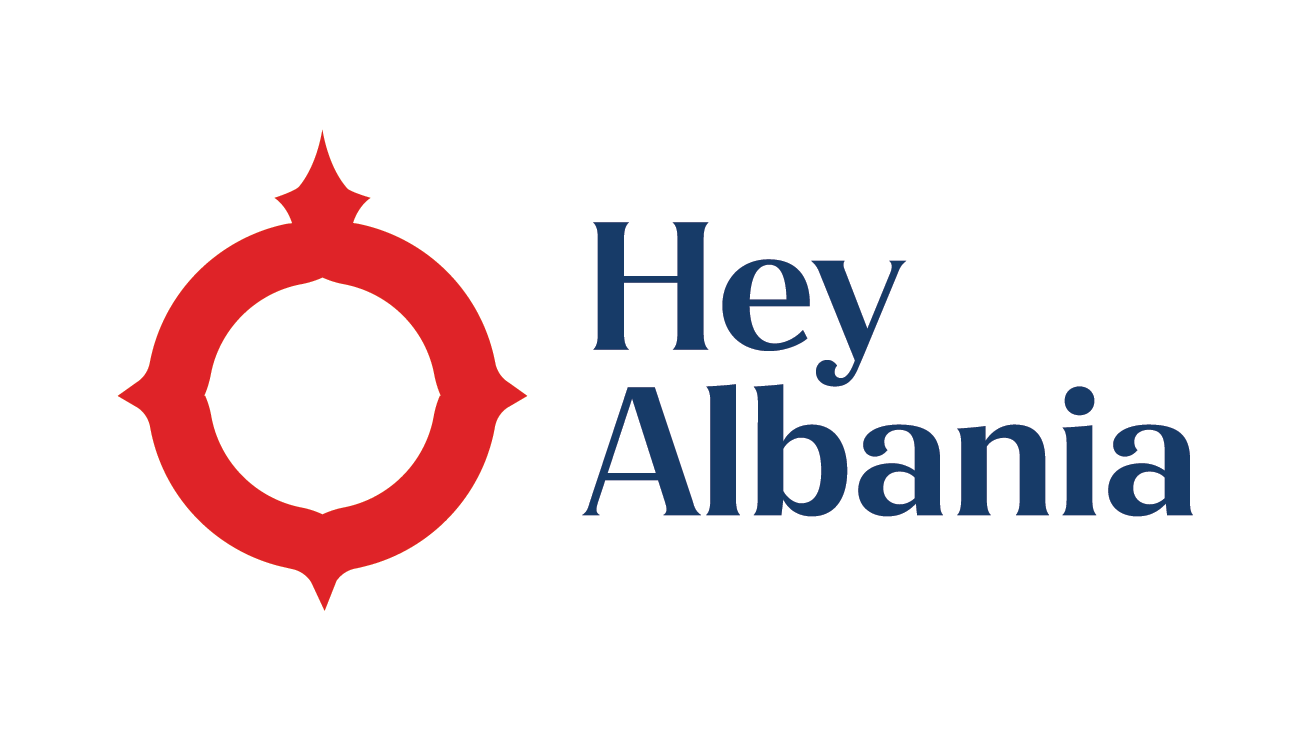Nature is more than beauty,
I have spent most of my field years digging in the high forests and fields for another life, a life expressed in smaller physical dimensions. Did you know that Albania is one of the richest countries in Europe in terms of biodiversity? When I say biodiversity here include the frigid rivers, high and old forests and mountains, high waterfalls and most importantly a range of rare plants and animals, often endemic to our country. Moving from north to south of Albania you can see a different variation in landscape and species of plants and animals. The north of Albania, including the Albanian Alps, has a mountainous terrain, which hides a range of tall and quite rare animals, some of which are also protected by relevant animal and habitat directives.
I want to mention here Eurasian lynx Lynx lynx, named in Albanian rreqebulli, who likes old forests and they are quite territorial. They are widespread in forests from the North to the center of Albania, but in a very small number of individuals. I have not yet seen one of them on the ground, which is quite difficult, but through the camera traps located in Albania, we have seen their presence. If anyone would like to see a Lynx, at the Tirana Zoo, there is an individual who is being kept in-situ to know more about this species. In these alps you can also find one of the endemic plants of our country which is named exactly from where it is located and it is called Tulipa albanica. The certified plant is today one of the 113 tulips that the world knows. According to the season it can be seen in two colors yellow and red, and quite rare to notice. Did you also know that Ursus arctos brown bear is widespread in Albania? Many of us who are adventurers of mountains and deep forests, will probably encounter one of these species as beautiful and dangerous as you cannot get any closer. Moving south to Albania, I would stop somewhere in Divjake, where is located Albania’s largest lagoon, called the Karavastase lagoon, which hides a paradise for water birds. Nature lovers would certainly like to stop and watch in a boat ride, the Dalmatian pelican with curly hair, which is also the symbol of this lagoon. Dalmatian Pelican Pelecanus crispus is one of the largest birds in the world, which has found a suitable place in this lagoon to reproduce. To ensure the conservation of this species a number of platforms have been built for the success of their reproduction, which has resulted with success. But other birds stay calm in this lagoon as can be the different herons like the little white heron Egretta garzetta, the big white heron Ardea alba, Ardea cinerea or the seagulls and terns varied from the common like Larus ridibundus to the winter stern Sterna sandvicensis. Leaving this paradise we approach the beautiful city of Vlora, which in terms of biodiversity gives a stunning view to one of the most beautiful birds such as the flamingos Phoenicopterus roseus. Birdwatching activity is highly used in this area, where through the assistance of Protected Area representatives and bird experts you can spend hours observing these delicate pink birds that have a great ecological importance in the area. Exactly this area is called the Narta Lagoon which is an important area for water birds, especially for birds that are reproductive in this area during the summer which are just as wonderful to see as the black-winged stilt Himantopus or the pied avocet Recurvirostra avosseta. But Vlora, being a town between the mountain and the sea, has a number of other protected areas, of great natural importance, as Llogara National Park can be mentioned. The highlight of this park, unlike other parks in Albania, is that after climbing to 2100 m above sea level you will have the opportunity to see a fantastic view of the sea lying below. This park has in its range a number of animals that are not dangerous at all starting from the highest wolf or Canis lupus, Capreolus and also the symbol of our country, the golden eagle Aquila chrysaetos, with only 2 pairs. standing on the tops of these mountains. Along the environmental paths a number of plants characteristic of the park accompany the road, among which we have the endemic plant of the Park called Viola acroceraunensis (named after the nearby mountain, the Acroceraun mountain). One day is dedicated to researching this endemic plant so special to inform everyone on her importance and the symbol it represents. Not in vain I stop above on some of the representative species of our country, for when we speak of nature we speak not only of its beauty, but also of its importance and value. Wildlife species make nature even more special and increase curiosity in the attention of nature lovers, so let’s take care of them and invite everyone to take their binoculars as accessory and confront nature in another view, in language of species.
By Endora Celohoxhaj,
Biologist

